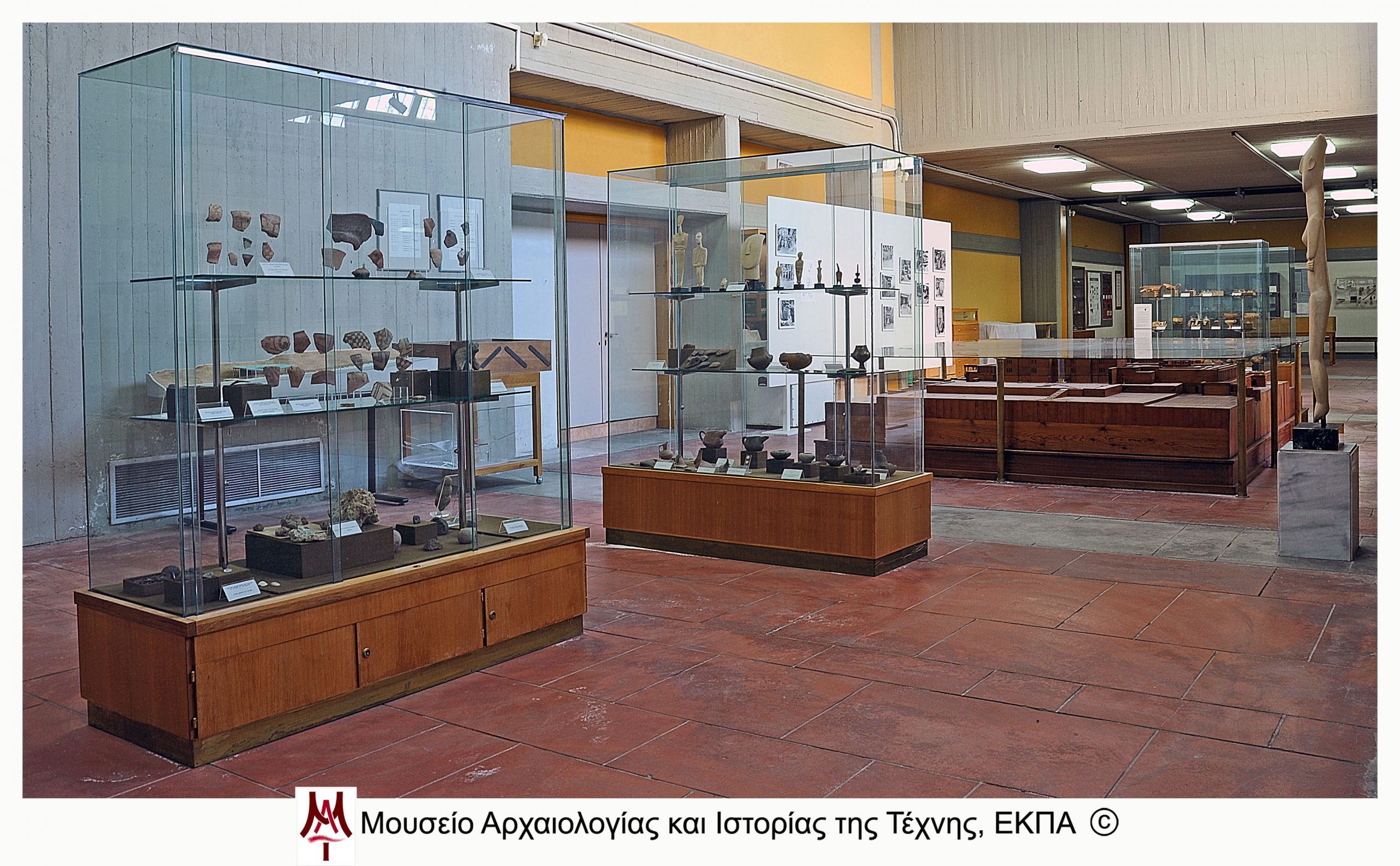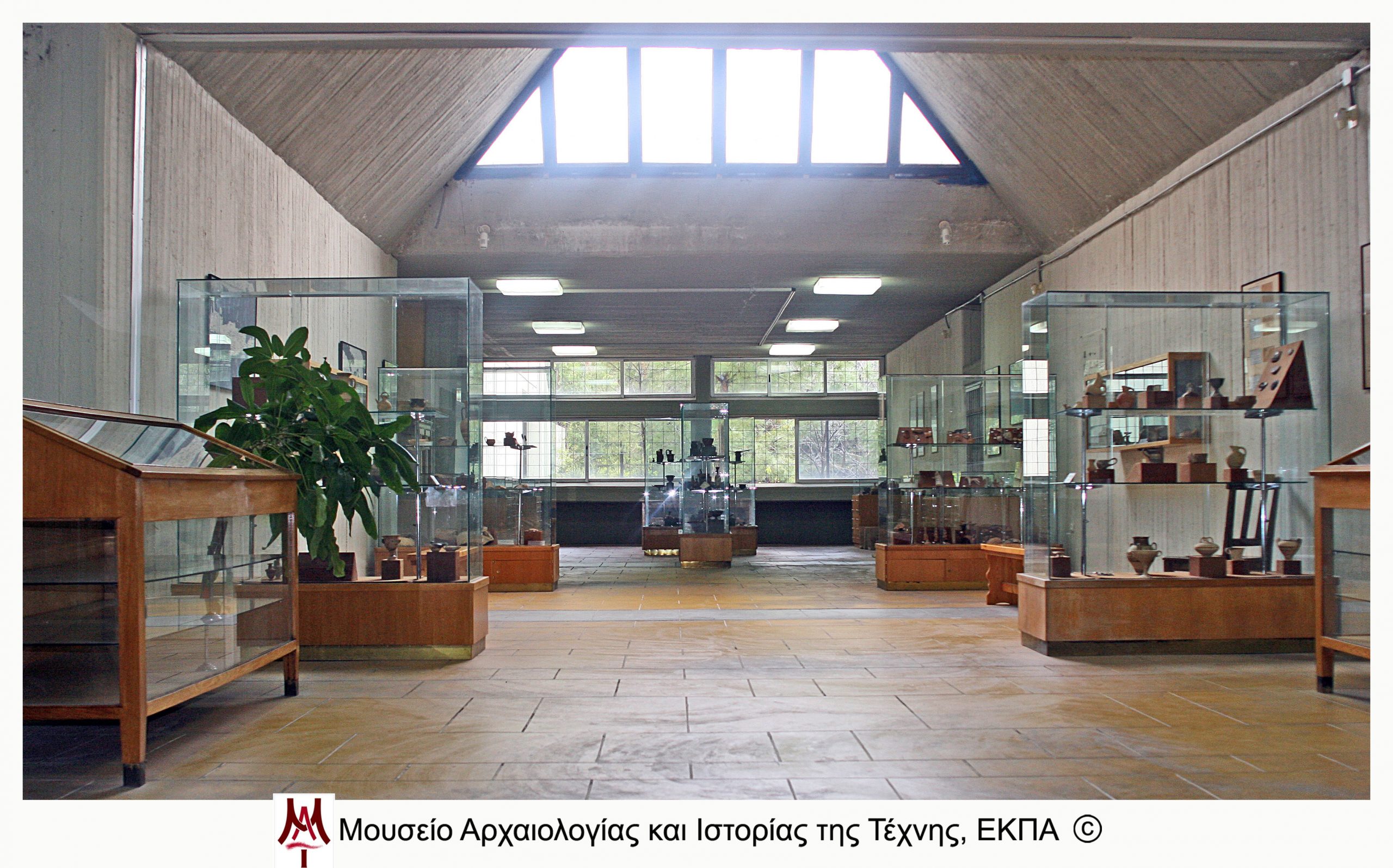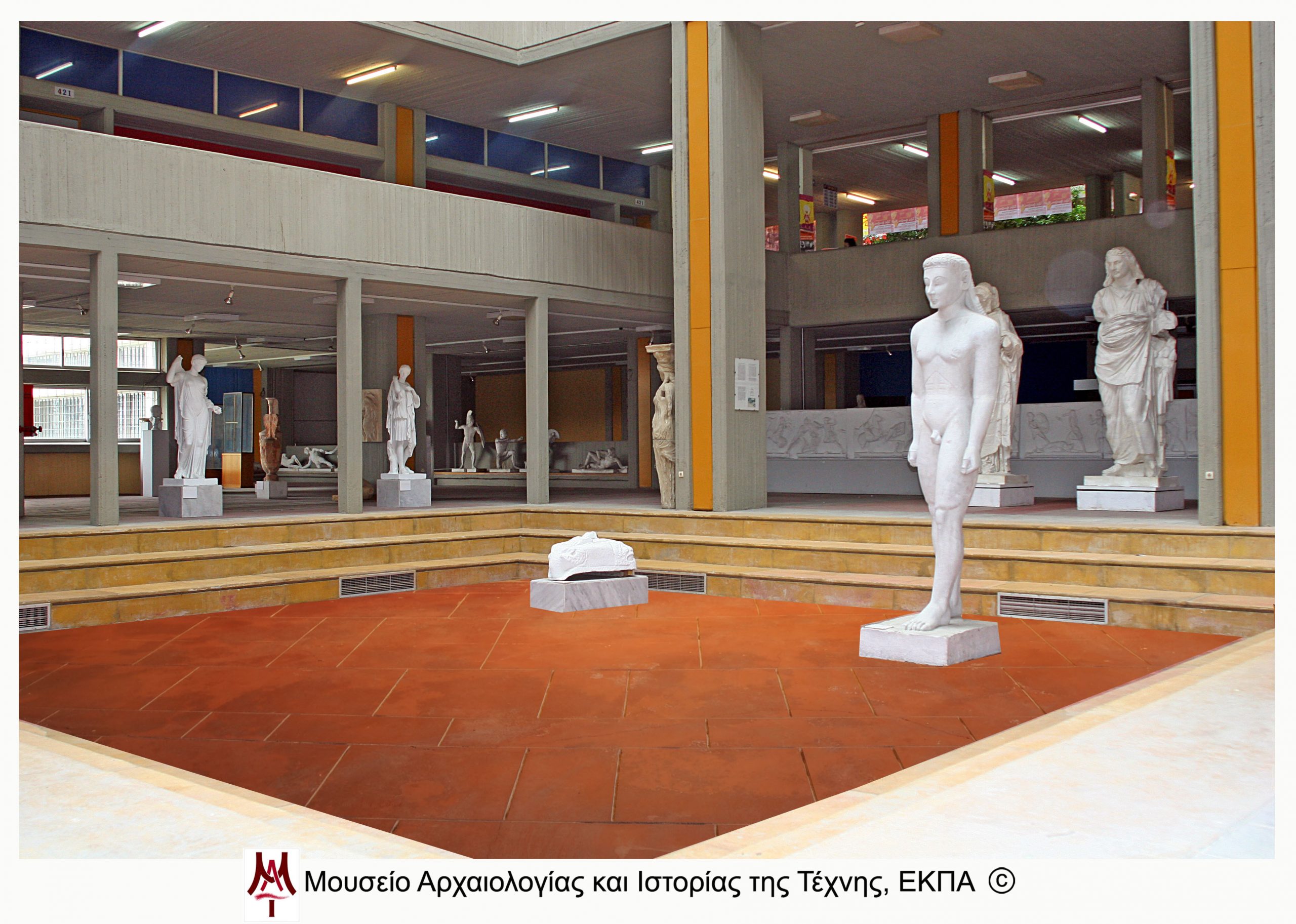Museum of Archaeology and History of Arts
The Museum of Archaeology and History of Arts belongs to the Faculty of Philosophy of the University of Athens and has teaching and educational orientation.
Location
Timeline
Modern and Contemporary era (1821 - )
1941 Establishment of an "Archeology Teaching Collection Annex".
1944 Opening of the Museum of Archeology and History of Art.
1988 Transfer of collections to the new building of the School of Philosophy in Zografou.






Share